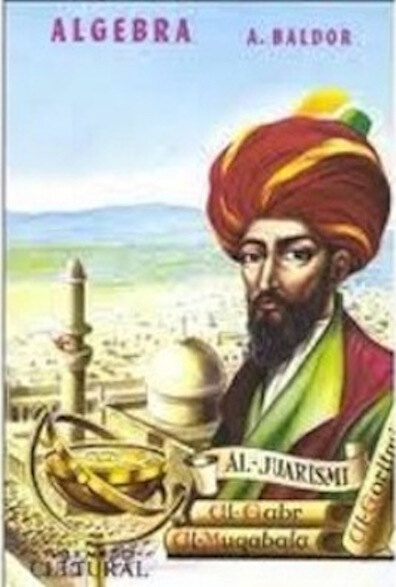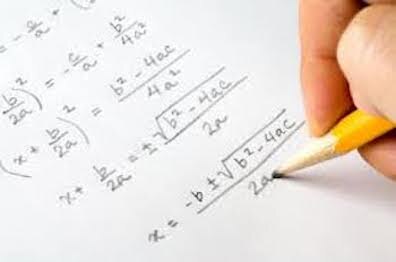Morrice
Morrice
In Brief
As Stephen solves the math equation for Sargent in Nestor, he sees a little dance unfolding on the paper: "Across the page the symbols moved in grave morrice." A morris is an English folk dance in which a story is enacted by the costumed dancers—hence the following reference to "mummery." Stephen imagines the interactive algebraic symbols on the paper—"letters, wearing quaint caps of squares and cubes"—as figures moving in a morris dance: "Give hands, traverse, bow to partner."
Read More
The conceit is tiny, but exquisitely intricate. "Morris" comes from Middle English Moreys, because the dance was inspired by the Moors. The Moors in Spain also brought algebra (an Arab invention) to Europe; "so: imps of fancy of the Moors" in two different fields (mathematics and dance), which Stephen combines into a single fanciful image. The "quaint caps" that raise the dancing letters to the second and third power are mummers' hats, but they are also Moorish headcoverings, like the "whorled . . . emir's turban" that Stephen sees a few minutes later when he looks at the shells on Deasy's table.
Contemplating this ingenious little passage, one may recall Joyce's reply when someone told him that Finnegans Wake is trivial. "Yes," he said. "It is also quadrivial." One may further note the interest in Arabic, Islamic, and Middle Eastern culture that extends into thoughts about Averroes and Moses Maimonides a moment later, and takes many other forms in the book. This interest of Joyce's can be seen as early as the story Araby in Dubliners. In Finnegans Wake it is a frequent presence.
In Scylla and Charybdis the elements of the conceit in Nestor accrete again as Mulligan announces that he has "conceived a play for the mummers." Stephen looks at "The pillared Moorish hall" of the National Library, and thinks: "Gone the nine men's morrice with caps of indices." "Nine men's morrice" picks up Titania's phrase in A Midsummer Night's Dream 2.1.98, and Gifford notes that it is also the name of a checkers-like game, but Stephen seems still to be thinking primarily of those Moors who invented algebra. Their little number-men have "caps of indices": other numbers written above them, raising them to the second or third or fourth power. (In mathematical terminology "index," plural indices, is a synonym for "exponent" or "power": the number that says how many times another number should be multiplied times itself.)
[2020] Long before the endless loops of signification that
make up the Wake, Joyce was packing dense webs of
association into passages like this in Ulysses. In Lestrygonians
Bloom thinks of all the meanings felicitously packed into
Molly's observation that Ben Dollard has a "base barreltone"
voice, and concludes, "See? It all works out." Frank O'Connor,
the short-story writer, was dismayed to find this kind of
multivalence pervading even small details of Joyce's home
life. When he visited him in his Rue de Grenelle apartment in
the late 1920s he admired a small print of the River Lee in
Cork City, put his hand on it, and said, "That's rather nice,
what's that?" Joyce replied, "That's Cork." O'Connor, who
hailed from Cork, impatiently replied, "Yes, yes! I know it's
Cork, but what's the frame made of?" Joyce said once more,
"It's Cork. I had great trouble getting the French frame
makers to make it, they said they never made a frame of cork
before." "I felt a little bit dizzy after that," O'Connor
said, "and it struck me that the man was suffering slightly
from associative mania."

